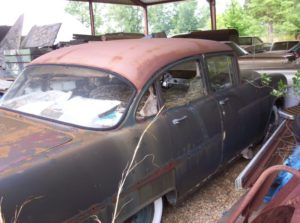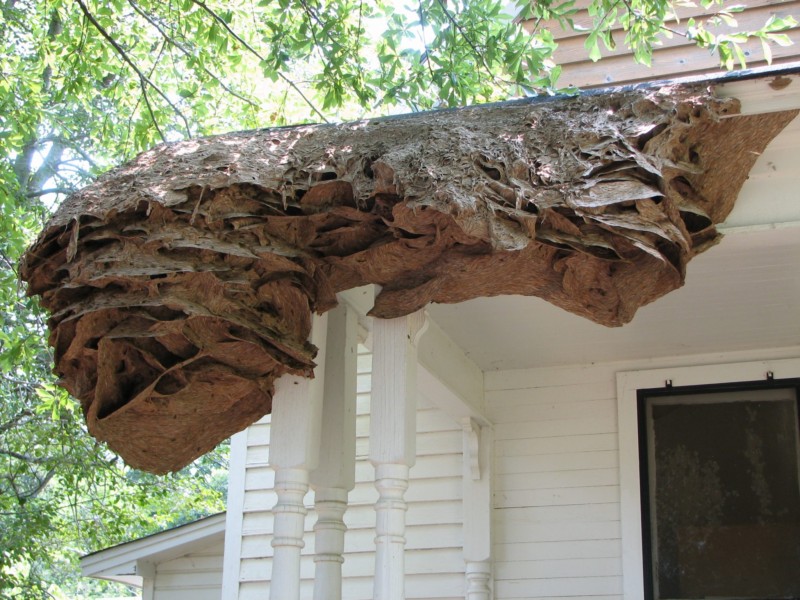2006 saw over 90 super nests of wasps. 13 years later it’s happening again. The nests can become the size of a small VW and cantain over 15,000 of the stinging insects. All of this according to Charles Ray, an entomologist working with the Alabama Cooperative Extension System .
It’s called a perennial yellow jacket nest. Entomologists believe that milder winters combined with an abundant food supply allow some colonies to survive and enter spring with much larger numbers. Additionally, the normal cues that would cause queens to disperse may not happen. Researchers have documented that these massive colonies often have multiple queens.
A normal yellow jacket nest is usually located in the ground or a cavity. It may peak at 4,000 to 5,000 workers that do not survive cold weather, leaving queens to disperse and form new colonies in the spring.

“The most workers I have counted in a perennial nest is about 15,000 or about 3 to 4 times more than a normal nest,” said Ray, who is also a research fellow in Auburn University’s Department of Entomology and Plant Pathology. “However, one nest in South Carolina was documented with more 250,000 workers.”
“We confirmed two nests in May and have indications of a third,” he said. “This puts us several weeks earlier than in 2006, when we identified the first giant nest on June 13.
“If we are seeing them a month sooner than we did in 2006, I am very concerned that there will be a large number of them in the state. The nests I have seen this year already have more than 10,000 workers and are expanding rapidly.”
Ray offers important tips for people who think they may have a giant yellow jacket colony on their property.
“First and foremost, do not disturb the nest,” said Ray. “While these giant nests often appear less aggressive than smaller colonies, it is important that people do not disturb the nests.”
Next, Ray wants people to contact him so he can document the nest and collect insect specimens. People should contact him by email at [email protected] or at [email protected].
Finally, if people need to have nests removed, Ray says it is a task only for licensed commercial pest control operators. He warns that even some commercial operators will not tackle these giant perennial yellow jacket nests.





